It all started on a calm Saturday morning, when I was gazing at my newly painted car and realized the unfortunate truth: the glossy finish I had imagined was marred by a texture resembling the skin of an orange. This unexpected turn made me delve deeply into understanding orange peel in car paint—a common yet perplexing issue within the auto painting world. It’s fascinating how such a common occurrence can mystify even experienced mechanics like myself, prompting countless inquiries about its origins and solutions. In this article, I’ll guide you through the intricacies of orange peel, uncovering why it happens, and most importantly, how to fix it, using reflection from both my own hands-on experiences and expert insights. So, let’s embark on this journey to transform our cars from a textured slip to a streamlined shine.
What is Orange Peel in Car Paint?
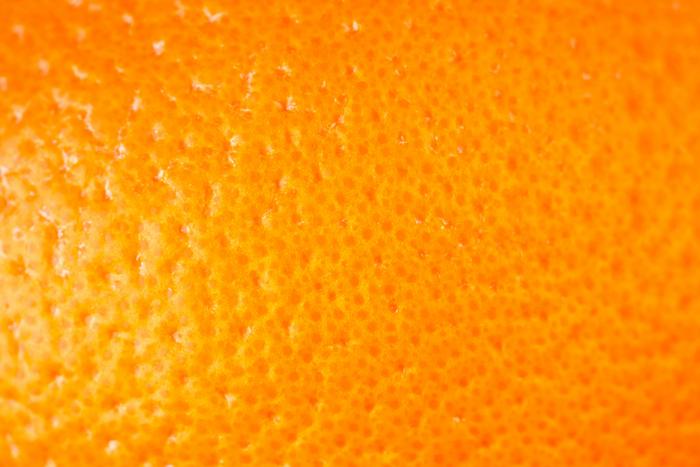
Did you know that the texture of your car’s paint could resemble the skin of an orange? As someone who has spent countless hours tinkering under the hood and admiring the fine details of automotive design, I find this phenomenon both fascinating and frustrating. Orange peel in car paint can mar an otherwise pristine finish, creating a bumpy, dimpled surface that can detract from the aesthetic appeal of a vehicle.
My years of diving deep into automotive issues revealed that orange peel is essentially an inconsistency in the paint surface, manifesting as a texture that’s quite similar to—you guessed it—an orange peel. When I first encountered this, I was struck by how something so subtle can dramatically alter a car’s look. This effect arises when the paint doesn’t fully level out before it cures, leaving behind an uneven appearance that isn’t as smooth or glossy as one might desire.
Through myriad experiences with various vehicles and restoration projects, I’ve learned that achieving a flawless finish requires more than just a good paint job. It’s about understanding the underpinnings of paint textures and applying a mix of technical know-how and meticulous care. Delving into the reasons behind orange peel is crucial for demystifying this common issue, setting the groundwork for effectively addressing and remedying it in our ongoing pursuit of automotive perfection.
Why Does Orange Peel Occur?
Common Causes
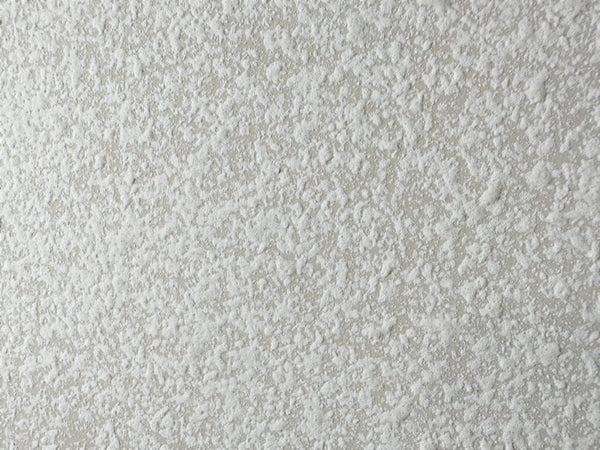
I’ve spent countless hours analyzing the intricacies of spray painting problems, and one thing is clear: these issues often stem from overlooked nuances in automotive paint techniques. But what mistakes do even seasoned painters often make that lead to orange peel? Misjudging spray viscosity, incorrect gun distance, and inappropriate air pressure are some repeat offenders. These seemingly minor missteps can significantly affect paint flow, resulting in the dreaded uneven texture.
In my experience, each successful paint job requires more than just skill—it demands an in-depth understanding of how different paint formulations and equipment settings interact. Even when seasoned in the art of spray painting, it’s the attention to detail in these areas that creates a flawless finish. By recognizing these common causes, we delve deeper into the core of why orange peel occurs, ultimately equipping ourselves with the knowledge needed to minimize its occurrence effectively.
Environmental Factors
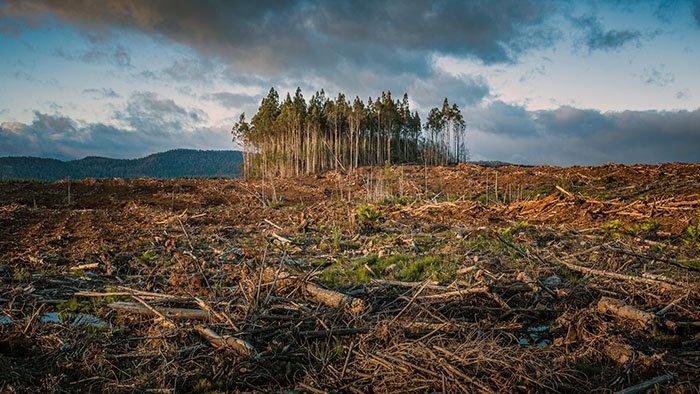
Could the weather outside actually impact your car’s shiny new paint job? It’s a question many don’t consider, yet environmental factors play a significant role in the occurrence of orange peel in car paint. In my experience, variations in temperature, humidity, and even dust in the air can dramatically influence the outcome of a paint job. For instance, high humidity can cause paint to dry unevenly, contributing to the uneven texture we all know as orange peel. A sudden drop or rise in temperature might alter the paint’s viscosity, leading to suboptimal application. Wind can carry contaminants that disrupt the smooth finish everyone desires. As a result, understanding these factors is not merely academic—it’s essential for anyone aiming for a flawless, mirror-like surface. My first encounter with this was a meticulous paint job that turned bumpy overnight due to unexpected weather changes, driving home the crucial need to account for every environmental variable. Recognizing and countering these issues is imperative, steering us toward solutions that ensure your car paint gleams just as you hoped.
How to Prevent Orange Peel?
Proper Surface Preparation
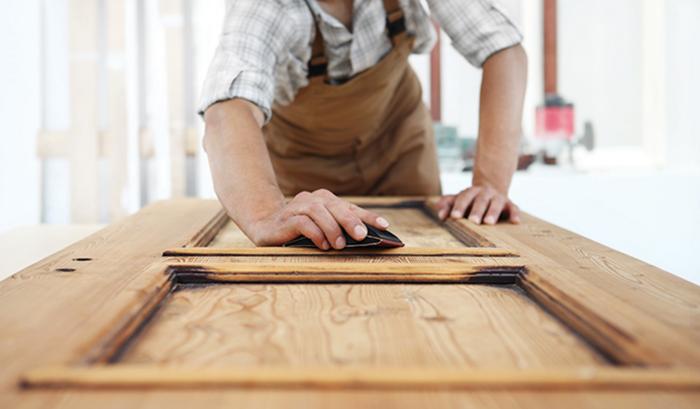
What if I told you that the secret to a flawless paint job lies in the prep work? Over my years spent wrenching and painting, I’ve learned that proper surface preparation for painting is the cornerstone of avoiding dreaded orange peel in car paint. Before even touching a spray gun, meticulous attention has to be given to the surface. Neglecting this crucial step often results in uneven textures that mimic the skin of an orange.
First, it’s essential to ensure the surface is clean and smooth. Remove any wax, grease, or dirt with a quality degreaser. This is non-negotiable. Any contaminants left on the surface become embedded, leading to imperfections. Next, sanding is vital. Use progressive sanding techniques, starting with coarser grits and moving to finer ones, ensuring a perfectly even base. This will allow the paint to adhere uniformly.
Ultimately, these car painting tips will not only hone your skills but also significantly reduce the chances of battling orange peel later. As we delve deeper into the optimizing spray gun settings, remember that mastering the preparation stage sets the foundation for every stunning finish. By understanding and applying these techniques, you’re not just enhancing the aesthetic appeal but also embracing craftsmanship at its finest.
Optimizing Spray Gun Settings
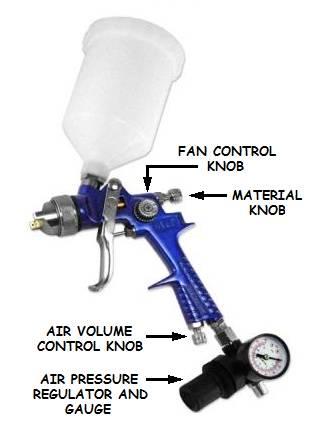
Could a simple adjustment to your spray gun make a huge difference in the final paint result? My experiences in car painting have taught me that optimizing spray gun settings can be a critical factor in preventing dreaded orange peel. This subtle, yet vital art of adjusting your painting techniques involves a few key steps.
Firstly, achieving the right balance between air pressure and nozzle size is essential. Too high pressure can cause paint to dry before it hits the surface, while too low a pressure leads to an uneven application. I always recommend setting the air pressure to the manufacturer’s specifications and testing on a scrap surface to ensure consistency. Next, adjusting the fan width and fluid control settings can significantly impact coverage and finish quality. I’ve found that fine-tuning these settings ensures that the paint is atomized correctly, leading to a smoother and more uniform application.
Through countless projects, I’ve seen firsthand how the right spray gun adjustment can mean the difference between a flawless finish and a textured one. These nuanced changes are a foundational aspect of mastering the craft, forming a seamless transition between proper surface preparation and embracing the right buffing and polishing techniques for any refinements needed during how to fix orange peel stages. By integrating these strategies, you embark on a path toward a pristine paint job free from imperfections.
How to Fix Orange Peel?
Buffing and Polishing Techniques
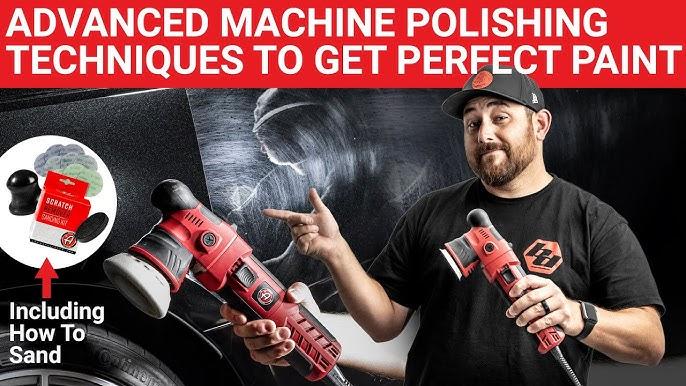
Is it possible to turn back time and restore that showroom shine to a flawed finish? Through my journey in automotive detailing, I’ve discovered that buffing and polishing are critical to achieving just that. Building on the techniques outlined in the How to Fix Orange Peel? section, these steps stand as essential pillars of paint correction. When orange peel mars the surface of your car, the right buffing and polishing techniques can transform it back to its original luster.
I’ve tackled countless paint imperfections, and one thing is clear: the delicate dance of buffing and polishing is where magic happens. First, understanding the difference—a buffer removes surface irregularities while polishing refines the gloss—is crucial. My experience tells me that using the right compounds and pads is as critical as the technique itself. Begin with a cutting compound to eliminate surface texture, then transition to a polish to enhance the smoothness and gleam. Each pass of the buffer reveals layers of finesse and brings us closer to that impeccable finish.
These methods not only address the issue but elevate the overall quality of the detailing job. With patience and skill, you’ll turn what seemed like a detriment into a testament to your detailing prowess. Remember, the transformation does not end here—next, we explore repainting options for severe cases.
Repainting Options
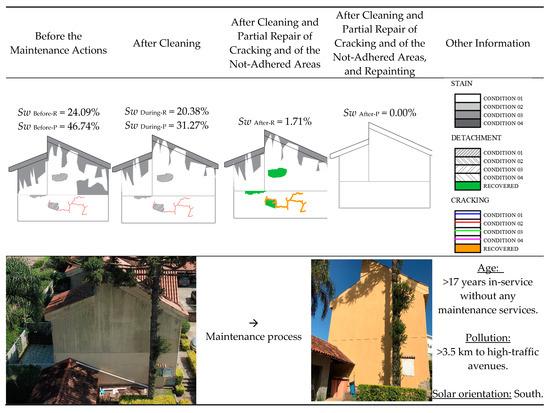
When it comes to the art of car painting, a smooth finish remains the gold standard, yet achieving this can be a daunting task. So, when is it appropriate to bite the bullet and repaint a section of your car?? It’s a question I’ve often confronted during my time restoring vehicles. Repainting shouldn’t be your knee-jerk reaction to every imperfection, but there are instances where it becomes the most efficient solution, particularly when other fixes fall short. With deep or widespread orange peel, the surface may resist buffing or polishing methods, meaning a fresh layer of self-leveling paint might be your best bet.
Understanding the intricacies of automotive paint techniques, it’s important to acknowledge that sometimes the paint coat is simply too thin to begin with, or that multiple previous corrections have reduced it beyond practical refinement. Under these circumstances, a repaint ensures you can restore that factory-fresh finish while eliminating blemishes. By applying specific paint products designed to self-level, the new layer can achieve the desired smoothness more readily, provided the work is executed with precision and care.
FAQs about Orange Peel in Car Paint
What is orange peel in car paint?
What causes orange peel in car paint?
How can orange peel be prevented?
How can orange peel be remedied?
Is it possible to fix orange peel without repainting?
Conclusion
What does mastering the nuances of vehicle paint teach us about the automotive world? Through my exploration of orange peel car paint, I’ve uncovered that understanding and addressing this common issue is akin to solving a puzzle that brings us closer to automotive perfection. It’s about recognizing the telltale signs and knowing the catalysts such as improper spray gun settings and environmental factors. Prevention begins with meticulous surface preparation, where my experiences have shown the profound impact of setting the foundation right.
When orange peel strikes despite best efforts, the remedy involves a blend of expertise, from adept buffing and polishing techniques to considering repainting options. These steps mirror the diligence required across the automotive spectrum. Embracing these challenges enriches our comprehension of car craftsmanship. As I reflect on my journey, I’ve learned that overcoming even the smallest imperfections, like orange peel, echoes the larger pursuit of innovation and excellence in the automotive industry.